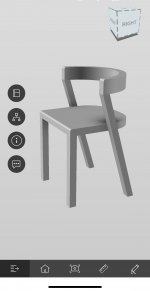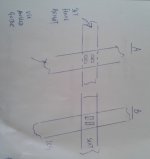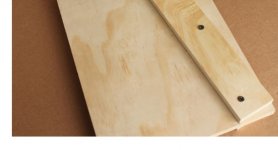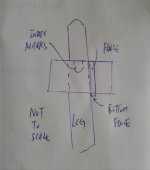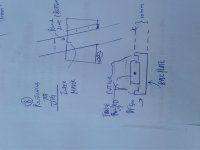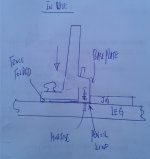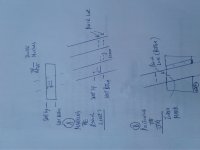Hi everyone,
I recently purchased a domino 500 in the hope it would help me with a chair build I am working on. I am busy making a test chair out of scrap wood to help me iron out the kinks.
If you see the attachment you will see there are 6 connection points that I was hoping to use the festool for. The front legs I think are manageable using the seat and leg edges as reference to make the tenons. The problem I am having is connecting the back leg to the seat and the back rest to the top of back leg.
My first question would be if it is possible to make these joins accurately with the domino and if so how would I go about this?
If anyone can help me with the challenge it would be greatly appreciated.
Many thanks,
Tukston.[attachimg=1]
I recently purchased a domino 500 in the hope it would help me with a chair build I am working on. I am busy making a test chair out of scrap wood to help me iron out the kinks.
If you see the attachment you will see there are 6 connection points that I was hoping to use the festool for. The front legs I think are manageable using the seat and leg edges as reference to make the tenons. The problem I am having is connecting the back leg to the seat and the back rest to the top of back leg.
My first question would be if it is possible to make these joins accurately with the domino and if so how would I go about this?
If anyone can help me with the challenge it would be greatly appreciated.
Many thanks,
Tukston.[attachimg=1]

